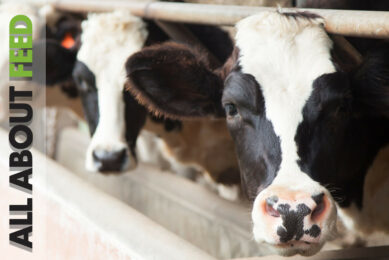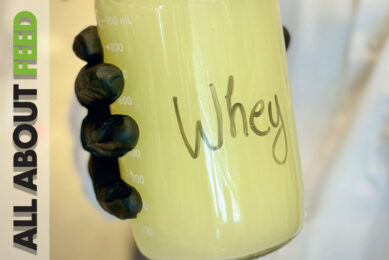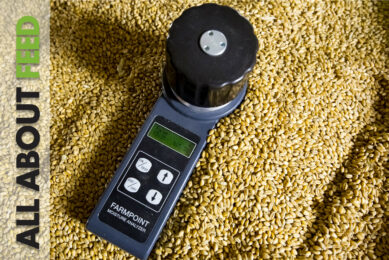Animal feed production in Brazil in the latest edition of All About Feed
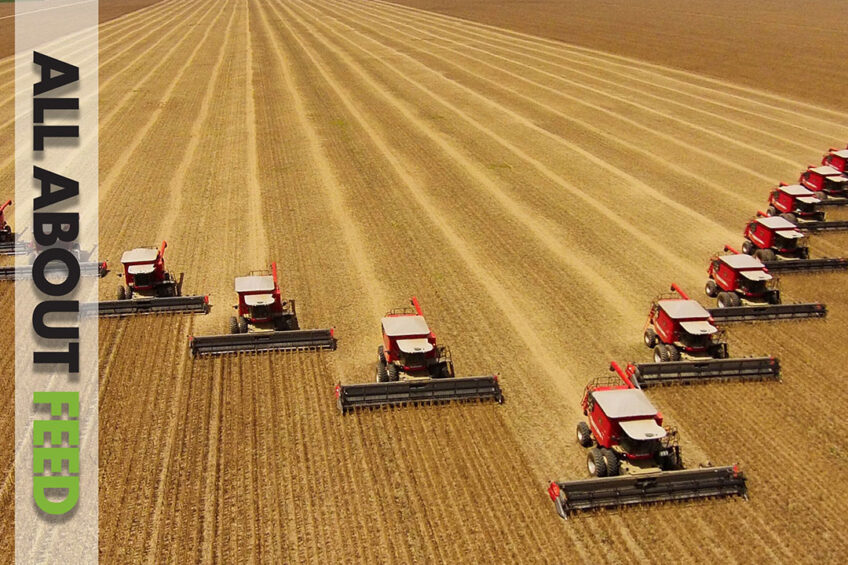
In this edition of All About Feed, we examine Brazil’s animal feed production sector, consider how a texture profile of feed pellets offers insight into how animals experience feed in the mouth, and explore how climate change is affecting crops worldwide. This and much more.
Texture profiles provide insight into mouthfeel
Alongside smell and taste, mouthfeel is an important driver of feed intake for livestock. A texture profile of feed pellets offers insight into how animals experience feed in the mouth.
Avoiding fires at feedmills
Numerous feed mill fires have been reported in recent years, and while there are several causes for those fires – including grain hot spots, electrical issues, jamming and overheating – they were preventable. What are some general prevention measures, and other safeguards of prevention?
Rollercoaster ride for the Polish feed industry
Poland was one of just a few countries in the EU that saw a feed production shift in 2022. The country’s feed industry weighs up plans for reaching protein independence while it manages various challenges, including quality scandals, the inflow of cheap grains and uncertainty around poultry exports.
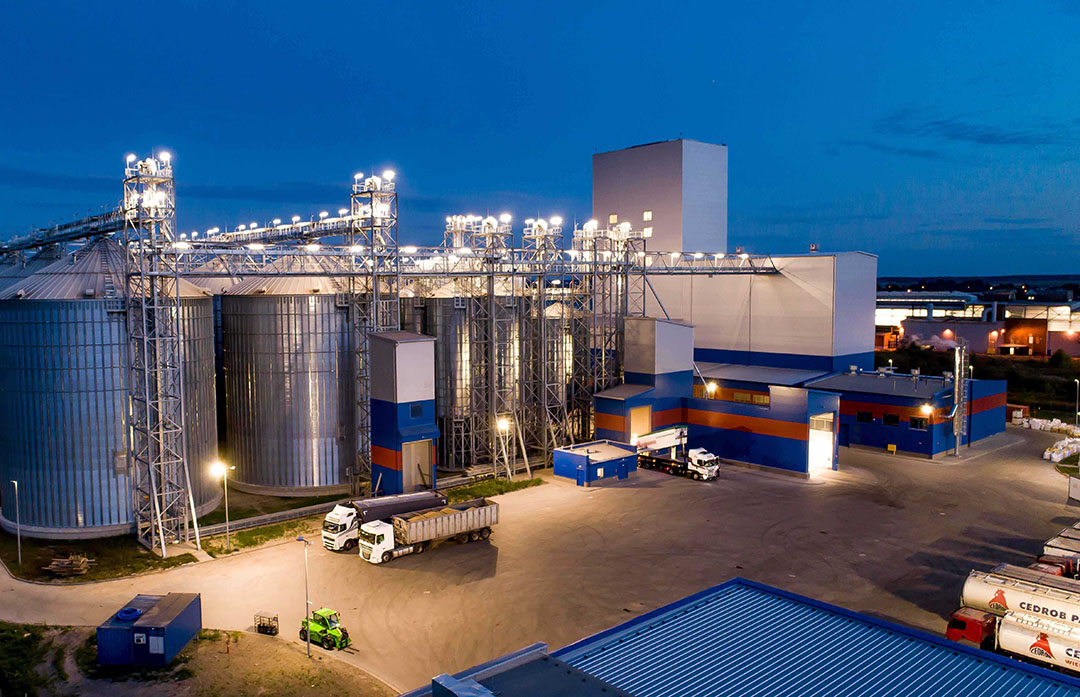
Brazil becomes the world’s top grain exporter
Brazil forecasts exporting up to 153 million tonnes of grains this season, which would make the country the largest grain exporter, for the first time surpassing the US. Various crops are following this upward trend.
What to expect from the first edition of VICTAM LatAm
From 3-5 October, the first edition of VICTAM LatAm will take place in São Paulo, Brazil. General director Sebas van den Ende tells us more about the decision to expand to Latin America and what to expect during the show.
Brazil’s feed industry faces new scenarios to keep growing
Brazil’s feed production might grow 25% over the next decade after increasing more than 60% since 2010. All About Feed spoke to Ariovaldo Zani, president of Sindirações, the Brazilian association of feed producers, who share his knowledge and thoughts on the main drivers, obstacles, and advances for the local market.
How climate change is affecting crops worldwide
This is a pertinent topic. Climate change is having a massive impact on the planet, and mycotoxins are no exception. Here we consider the predictions of the impact of climate change on today’s major mycotoxins.
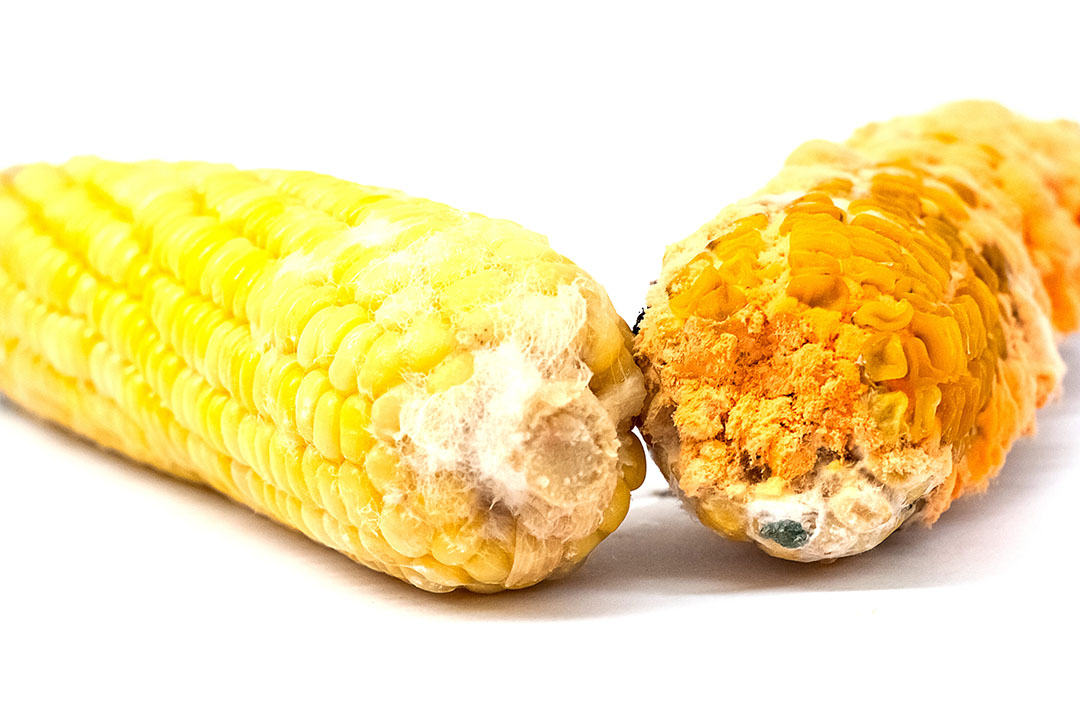
Using plant extracts to combat fungal contaminants in animal feed
A study has shown the efficacy of various plant extracts – aloe, myrtle, sweet orange, amla, lemon and sour orange in counteracting mycotoxins found in animal feed.
What’s new, globally, in the world of hemp?
Incorporating ‘alternative’ crops such as hemp in livestock feed is receiving a lot of attention, and for good reason. Locally-produced hemp is nutritious, hardy and drought-resistant. In this article we take a closer look at US policies, development in Australia, the situation in Europe, and consider results from recent trials on hempseed cake in cattle.
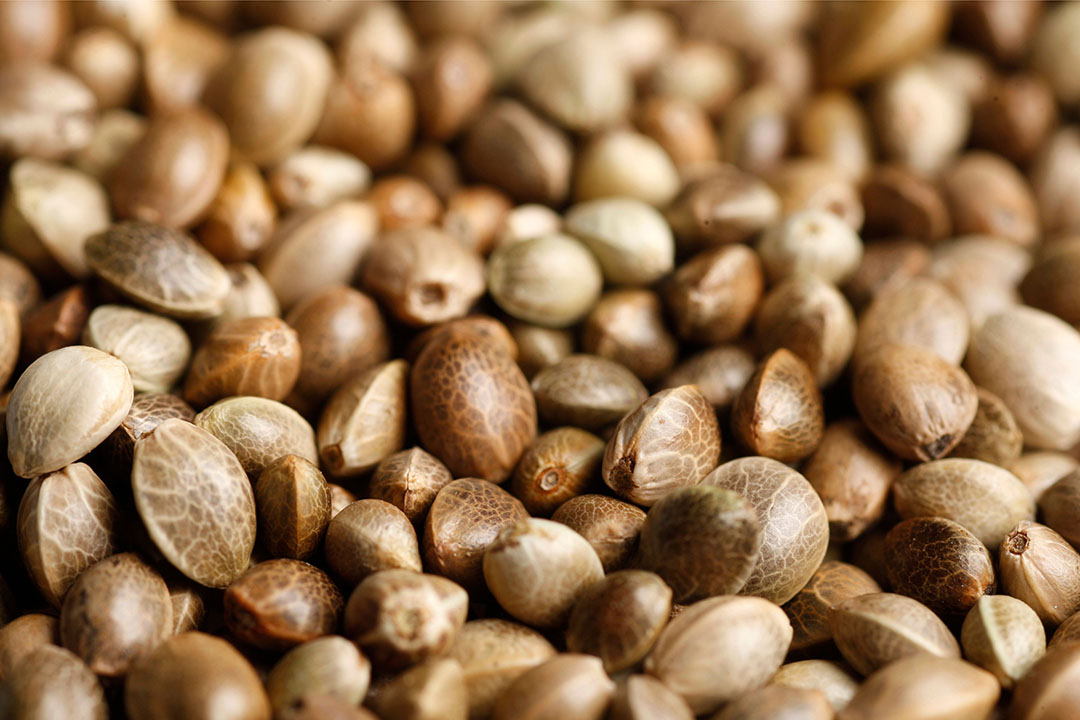
Benefits of biosynthetic bacterial 6-phytase in dairy cows
A study has highlighted how the addition of exogenous phytase of at least 2,000 FTU/kg to diets of lactating dairy cows improves the digestibility of phosphorus, calcium and protein while reducing the faecal excretion of these nutrients.
4 smart feeding technologies involved in the dairy industry
Smart feeding has many benefits, including improving nutrient utilisation, reducing nutrient excretion, saving time and money, improving dairy cow welfare, reducing labour requirements, minimising adverse environmental impacts, and enhancing sustainability. In this article we take a look at some stand-out smart feeding technologies in the dairy industry.





